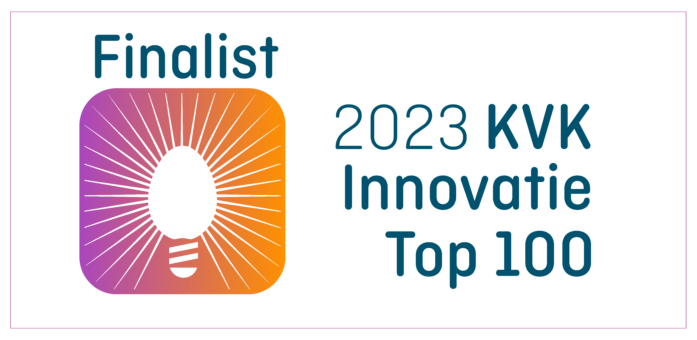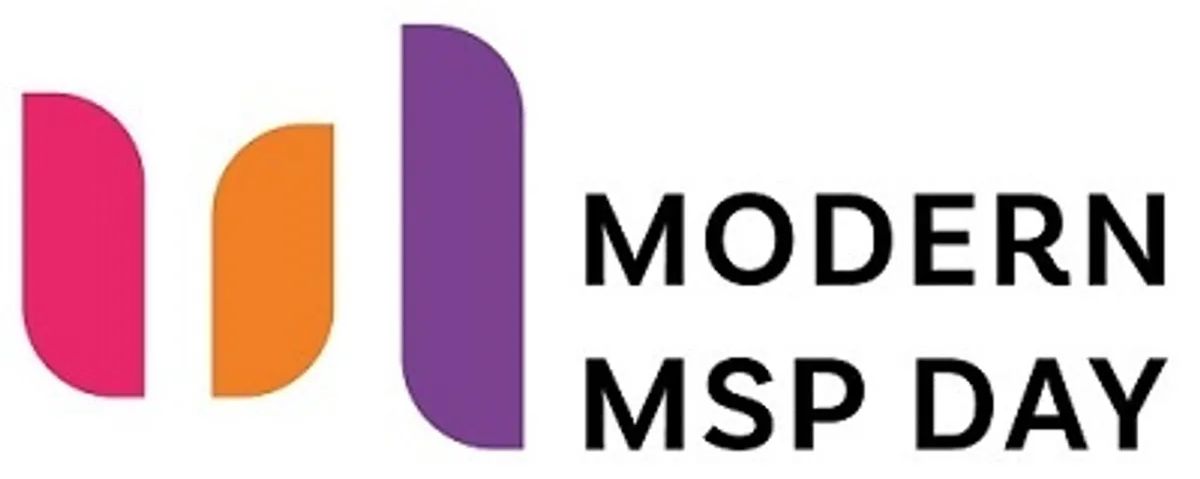Inzicht in sandboxes en CDR
Sandboxing voorkomt inbreuken op gegevens en netwerkaanvallen door schadelijke URL’s en bestanden. Het is een virtuele omgeving die fungeert als een veilige zone waar kunstmatige intelligentie bestanden en URL’s uitvoert en test voordat ze aan eindgebruikers worden geleverd. CDR, of Content Disarm & Reconstruction, richt zich ook op schadelijke bestanden. Het demonteert bestanden, verwijdert schadelijke code en maakt gezuiverde bestanden die voldoen aan de bestandstypespecificaties.
Dus wat is beter, sandboxing of CDR?
Herinnert u zich nog de sjoemelsoftware bij Volkswagen? Moderne malware weet op dezelfde manier onder de radar te blijven. De sandbox maakt een momentopname van het systeem en opent vervolgens de potentieel onveilige software. Door systeemblauwdrukken voor en na te vergelijken, kan de sandbox minimale veranderingen herkennen en concluderen of een bestand kwaadaardig is. Helaas zijn er talloze mogelijkheden om de SandBox voor de gek te houden. De malware kan bijvoorbeeld een ingebouwde timer hebben waarmee het na een bepaalde tijd vijandig wordt en acties uitvoert. Door deze timer op 10 minuten in te stellen, zal vrijwel elke sandbox het bestand als veilig markeren. Gebruikers kunnen niet zo lang wachten. Er zijn meer voorbeelden, zoals het wachten op een gebruikersactie. Deze handeling zal nooit komen in een sandbox, waardoor de malware onopgemerkt blijft.
Dit probleem doet zich niet voor bij CDR, aangezien de technologie het hele bestand demonteert en reconstrueert zonder de schadelijke inhoud te bewaren. Maar zelfs als liefhebbers van CDR-technologie geloven wij dat de beste verdediging tegen cyberaanvallen een combinatie van inspanningen is. Sandboxing en CDR zijn verschillende technologieën die samenwerken met andere engines zoals antivirus om de best mogelijke bescherming te bieden.





